Most Americans Have No Idea: How to Choose the Right Jack Without Damaging Your Car
Here’s how to pick a car jack with enough lifting strength to stay safe and prevent overloading the hydraulic system.
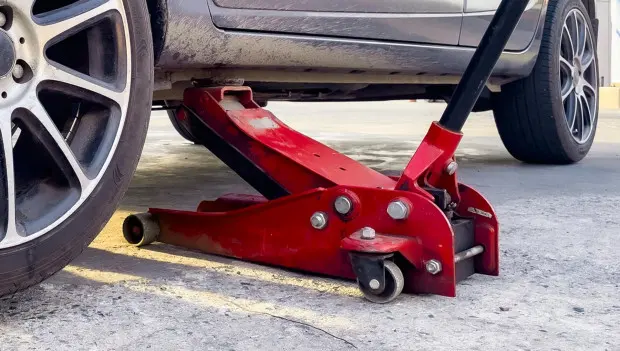
Lifting a car with a jack seems simple enough, but choosing the wrong one can cost you more than just your equipment. There’s a basic “three-quarters rule” that helps determine the safe lifting capacity for a hydraulic jack — and it’s something many car owners overlook.
Auto30.com decided to dig into how to choose the right jack and avoid costly mistakes.
The “Three-Quarters Rule”
According to this rule, a hydraulic jack should be able to handle at least 75% of the vehicle’s Gross Vehicle Weight Rating (GVWR) — not just its dry weight. GVWR includes fuel, fluids, luggage, and passengers, which means it’s always higher than the curb weight you see in the specs.
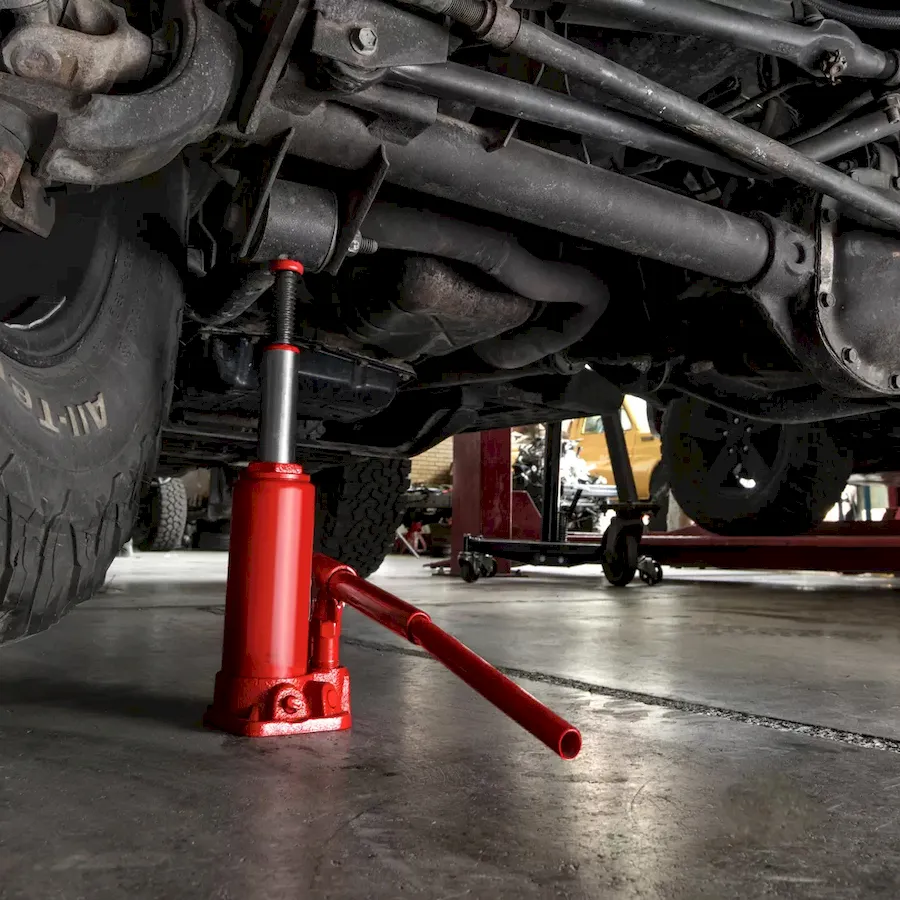
For example, if your car’s GVWR is 2,100 kg (about 4,630 lb), the jack should be rated for no less than 1,575 kg (roughly 3,470 lb). Choosing a jack with a safety margin not only makes lifting safer but also helps the tool last longer.
Many drivers assume they’re only lifting half the car at a time, but that’s not exactly true. The front end usually carries more weight because of the engine and transmission. If the jack isn’t strong enough, the hydraulic system can become overloaded and fail — sometimes with serious consequences.
Expert Advice on Choosing a Jack
Take the 2026 Toyota Corolla Cross Hybrid as an example. Its GVWR is around 2,086 kg (4,600 lb), and when lifting the front axle, the load can reach about 1,250 kg (2,755 lb). That’s why using a jack rated for 1,500 kg (1.5 tons) is considered both safe and practical.
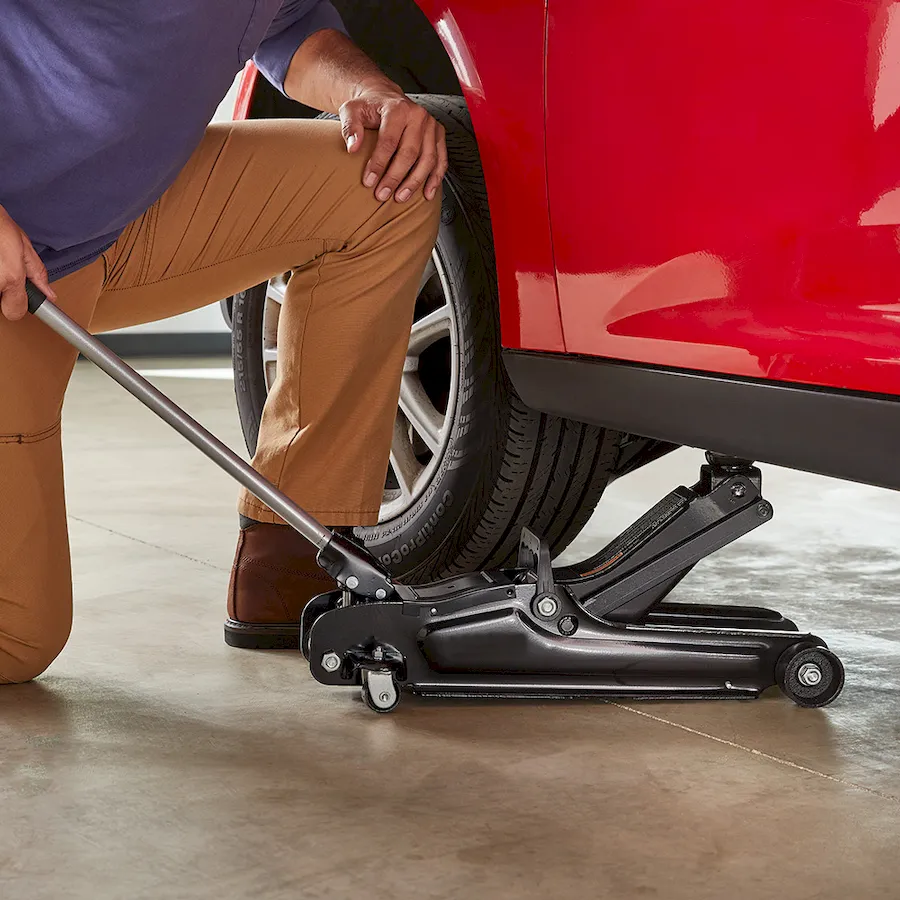
Experts recommend going even higher — a 2-ton jack provides smoother operation, less wear, and a longer piston stroke. The extra capacity also comes in handy if the ground isn’t perfectly level or if the trunk is loaded.
Another key factor is the jack’s profile height. Even a powerful model is useless if it doesn’t fit under your car. Modern crossovers often sit low, and sports cars even lower. For these vehicles, look for a low-profile jack with a lifting pad height of about 3–4 inches (8–10 cm) and a maximum lift of 16–20 inches (40–50 cm).
Avoid “pushing” a jack for those extra inches — that’s a fast way to bend the piston rod. Also, check the labeling on your jack stands: most 3-ton household sets are rated for use as a pair. Using just one drastically reduces safety margins and increases the risk of an accident.
You may also be interested in the news:

First Car for New Drivers: How to Choose Your First Vehicle and Get It Right
Picking a car is harder than choosing an outfit for a party or a long-awaited date — looks matter, but so do the technical details.

Many Americans don’t know about this onboard computer feature: what the Valet Mode system is for and how it works
How to use Valet Mode and when to apply this system, as well as why it was integrated into your car’s computer.
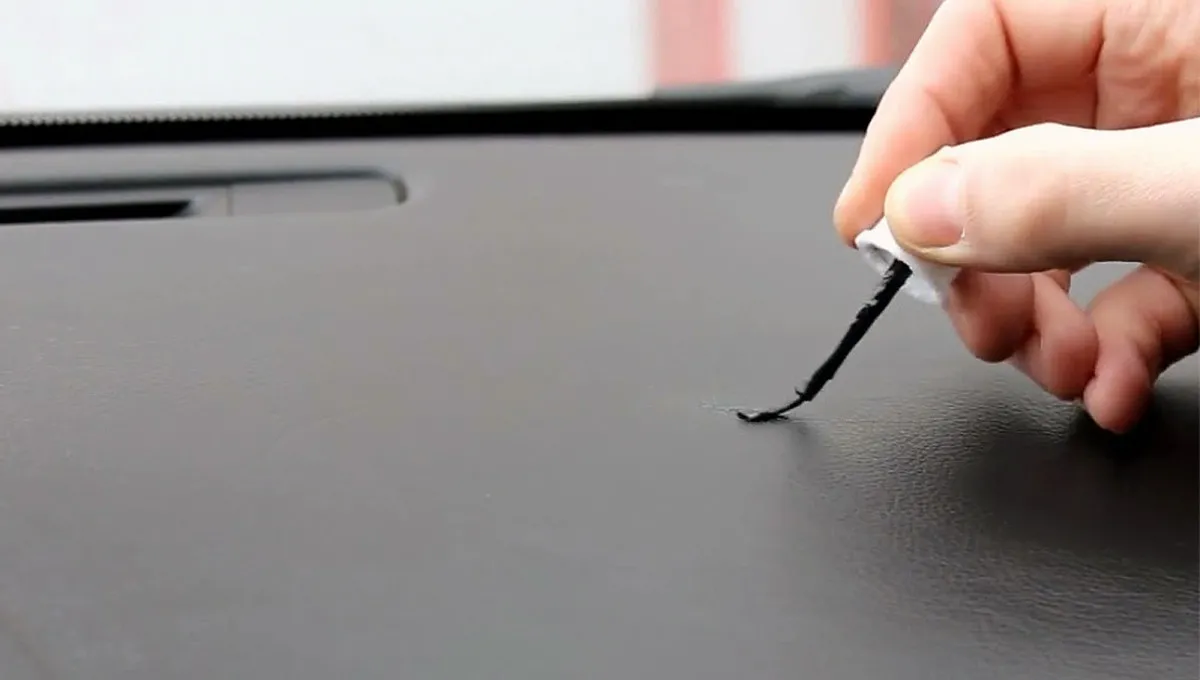
Five Ways to Remove Scratches From Your Car’s Plastic Interior
Every car owner wants their cabin to look as clean and well-kept as possible.
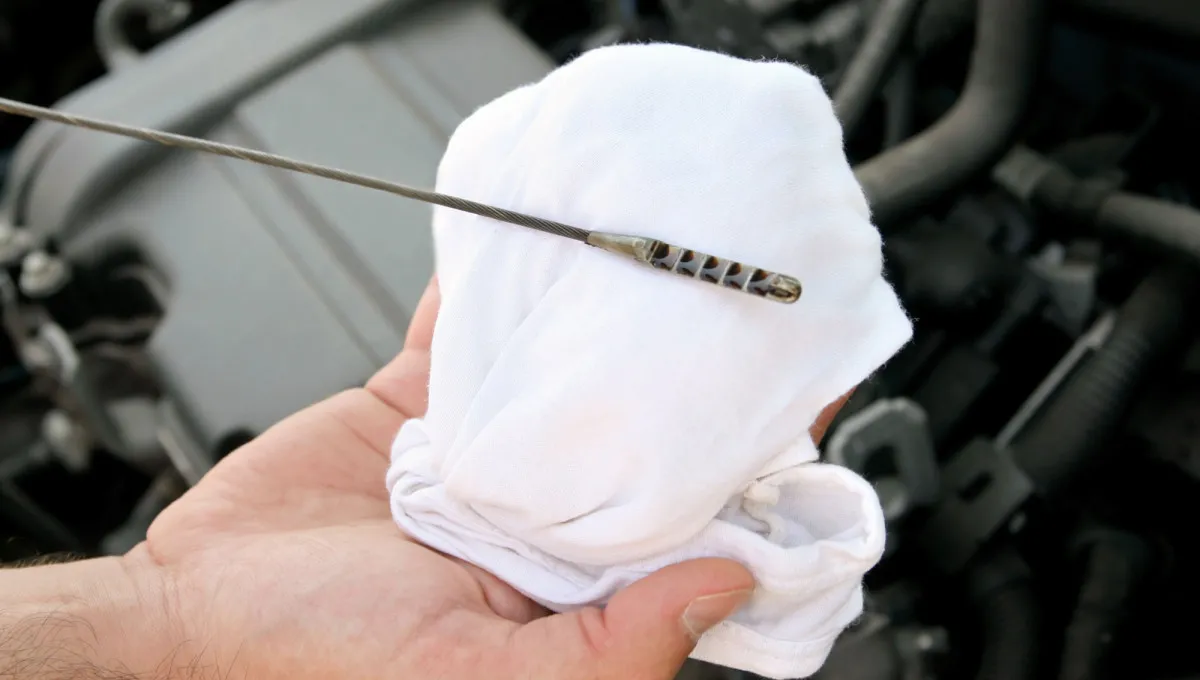
Many Americans don’t know which motor oil is meant for which weather
Once real winter weather arrives, everyday driving suddenly gets tougher. A cold morning start can feel like a gamble.
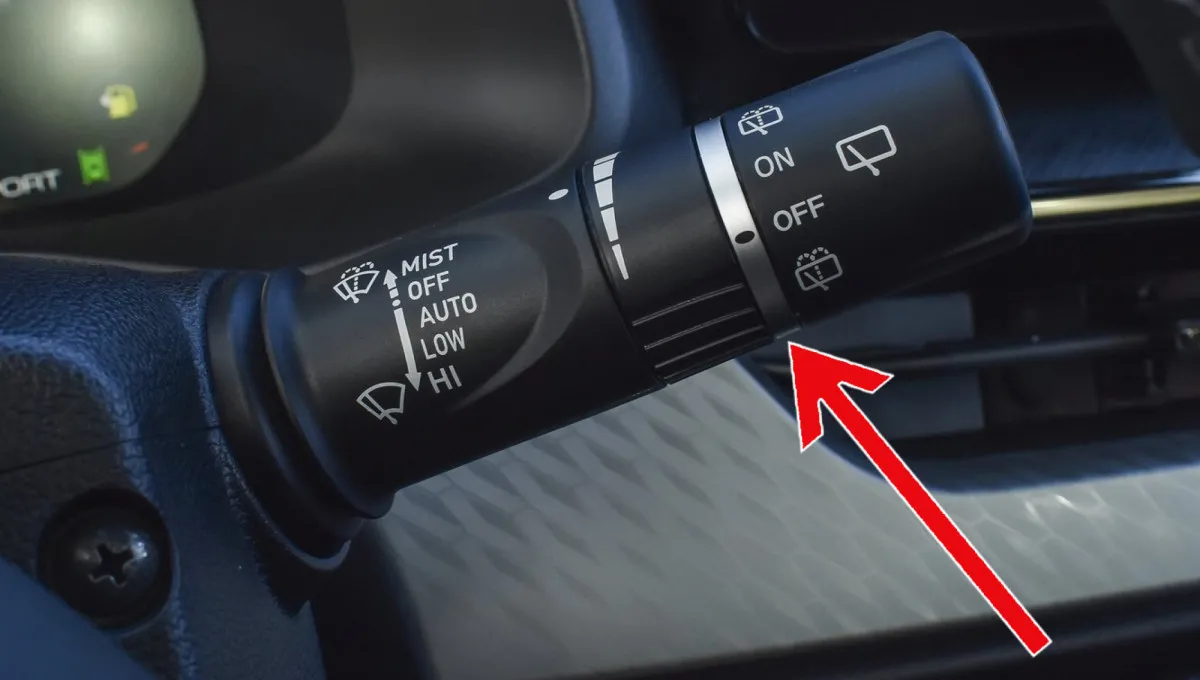
Vital Winter Tip: The One Car Setting You Must Turn Off Before It's Too Late
This common car feature is a silent winter menace. Ignoring one switch can lead to a startling and expensive morning surprise.